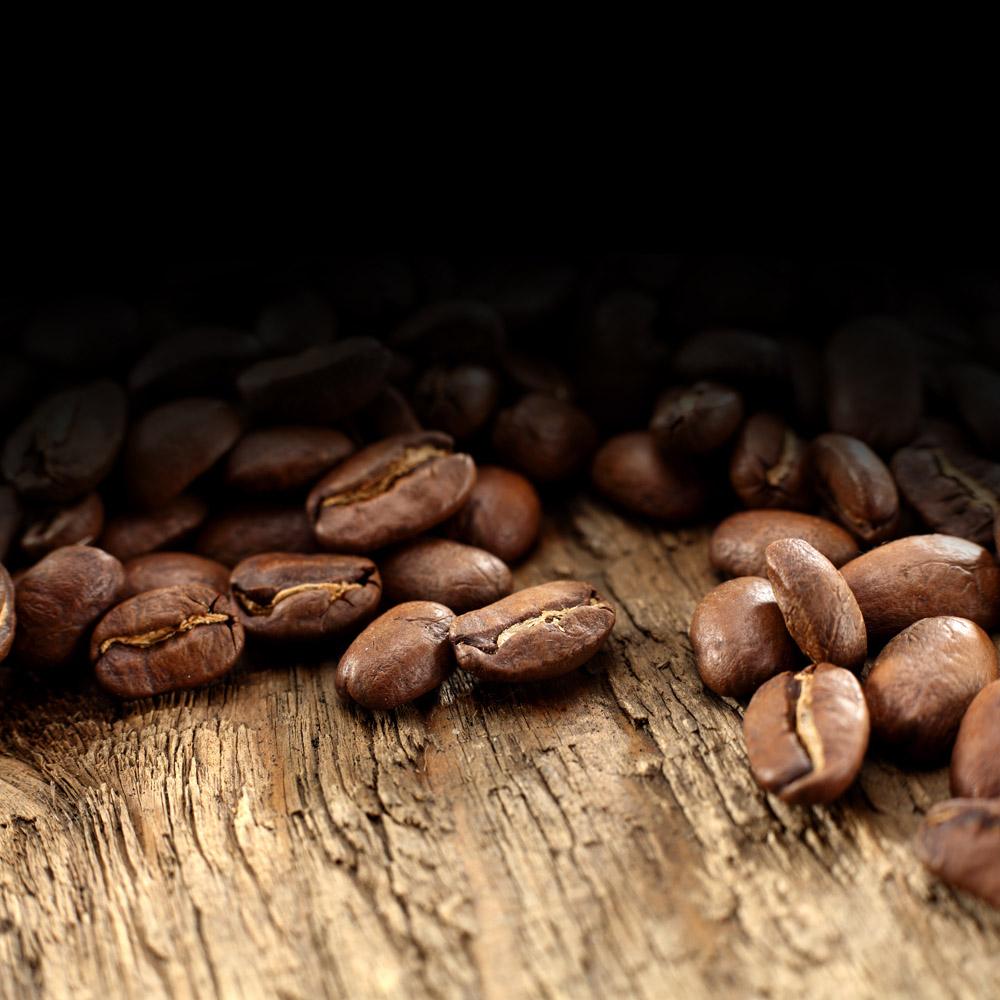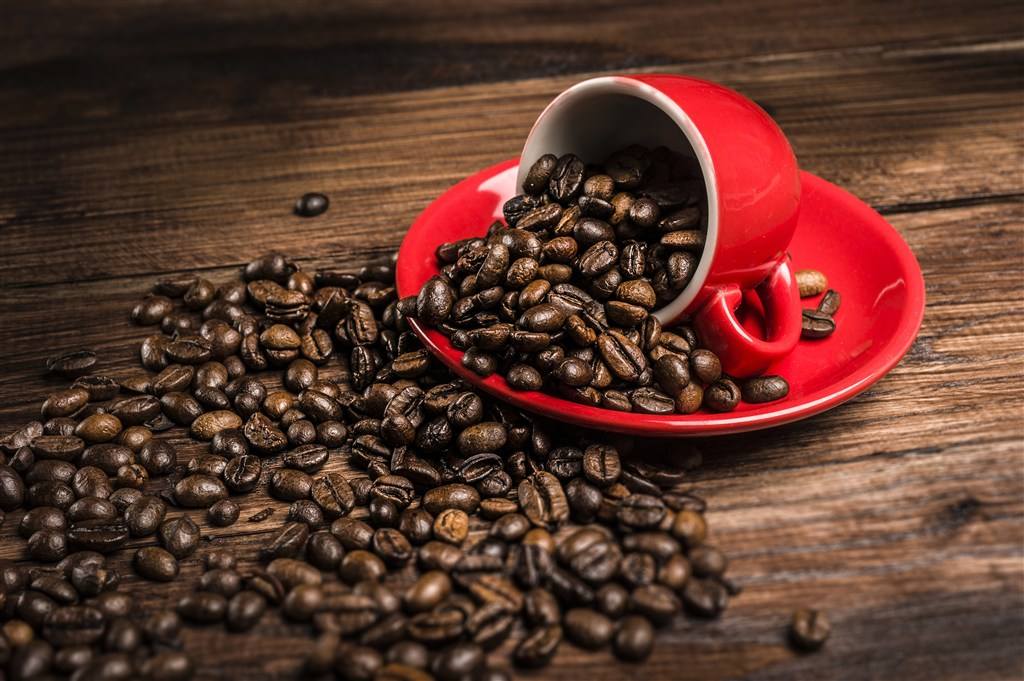Colombia Coffee Bean History Origin Colombia Hand-brewed Fine Coffee Flavor Features
Follow the caf é (Wechat official account vdailycom) and found that Beautiful Cafe opened a small shop of its own.
Colombian Coffee
Colombian coffee, an excellent variety of Arabica coffee, is a traditional deep-roasted coffee with a strong and memorable taste. Its aroma is rich and thick, with clear high-quality acidity, high balance, sometimes nutty, endless aftertaste, both in appearance and quality, Colombian coffee is quite good, like a woman's vaguely charming, charming and just right.

What are Colombian coffee beans?
What are Colombian coffee beans? This is a well-known problem. Colombian coffee beans are one of the most abundant coffee beans in Colombia, and they are one of the few coffee beans named after the country in terms of quality.
Compared with other producing countries, Colombia is more concerned with developing products and promoting production. It is this, coupled with its superior geographical and climatic conditions, that makes Colombian coffee excellent in quality and delicious and famous all over the world.
Roasted coffee beans will release a sweet aroma, with sweet in the acid, bitter in the flat quality characteristics, because of the appropriate concentration, it is often used in high-grade mixed coffee. Colombian coffee exudes a light and elegant aroma, not as strong as Brazilian coffee, not as sour as African coffee, but a sweet fragrance, low-key and elegant.
The origin of Colombian coffee
The pure taste of Colombian coffee comes from Colombia's natural environment with the most favorable conditions for coffee growth. But beyond that, it is inseparable from the hard work of local growers. In Colombia, coffee cultivation has reached 1.07 million hectares, there are about 302000 coffee plantations in the country, and 30 to 40 per cent of the rural population depends directly on coffee production. Although there are many farms in Colombia, they are not large in area. The area of each farm is only about 2 hectares, and more than 80% of the coffee plantations have only about 5000 coffee trees, an average of 3000. Thus it can be seen that agriculture in Colombia belongs to the small-scale farm type. The locals plant tall trees or banana trees around the coffee trees. Build an Arbor for coffee trees at the seedling stage to ensure the cool and humid environment needed for coffee growth. Due to the high humidity, small temperature difference and slow ripening of coffee beans in the coffee forest, it is conducive to the accumulation of caffeine and aromatic substances, so the quality of coffee is the best.
Compared with other producing countries, Colombia is more concerned with developing products and promoting production. It is this, coupled with its superior geographical and climatic conditions, that makes Colombian coffee excellent in quality and delicious and famous all over the world. The status of coffee in Colombia is evident in the following example: all vehicles entering the country must be sprayed and sterilized so as not to inadvertently cause disease and damage coffee trees.
In addition, the export management of the coffee trade in Colombia is mainly the responsibility of the National Federation of Coffee owners. It is an unofficial industry organization with several government ministers as its members. Colombian law clearly stipulates that only private businessmen with federation licenses can export coffee in order to maintain the image of Colombian coffee in the world and to ensure stable government revenue in the coffee trade. Coffee is the pride of Colombians, and the things Colombians like to talk about most, except for their football, which was once one of the best in the world, is the coffee they are proud of. Drinking coffee in Colombia is a pleasure. Not only is it necessary three times a day, but the streets are full of cafes and customers are full of seats from morning till night. There is no instant saying in the cafe. It is now cooked and sold. The young lady pours it with exquisite porcelain bowls, respectfully presents it to the customers, and adds sugar at will. The aroma is pervasive in the room, the bowl is sweet and delicious, and the slow taste is endless in aftertaste. No wonder the local people are addicted to it.
Columbia Coffee Bean Story
In 2005, a team of American researchers conducted a nationwide public survey to find out who is considered to be the most famous and important person in American public life. The survey shows that 80 to 90 per cent of Americans can recognize Juan Valdez, the coffee farmer in Colombian coffee ads. This figure is almost 100% in the UK. More importantly, more than 50 per cent of respondents were able to immediately associate Juan Valdez with his inseparable mule Conchita and Colombian Coffee.
In the same year, Juan Valdez also won the award for best advertising image jointly awarded by Yahoo and USA Today, and won the honor of leaving a footprint on Madison Avenue in New York. Gabriella Silva, president of the Colombian National Coffee Federation, who learned of the award, said that the award was a full affirmation of Juan Valdez's status as an icon in advertising, making this fictional image closely linked to the best coffee in the world, effectively reflecting and safeguarding the interests of Colombia's 560000 coffee farmers.
Not only that, Juan Valdez has become the face of the country. Colombia, as one of the countries most affected by violence in the world, has been plagued by civil war, has long been dragged down by drug manufacturing and trafficking, and is internationally famous for corruption and terrorism. The healthy and sunny Juan Valdez became Colombia's best diplomatic ambassador, spreading Colombia's new image. The role of Juan Valdez is even more significant than that of Garc í a M á rquez, the Nobel laureate in Literature who wrote one hundred years of Solitude.
Fictional characters in order to create coffee brands
In fact, however, as a real person with vital signs, the world-famous Juan Valdez has never survived a day in this world. He is just a character created by the Colombian National Federation of Coffee growers (National Federation of Coffee Growers of Colombia, also known as FEDECAFE) for public relations marketing.
Why would the federation do that? Let's start with three factors. First of all, Colombian coffee has a unique advantage. Since a priest first introduced coffee to Colombia from the French Andes via Venezuela in 1808, due to Colombia's mild climate, humid air and volcanic soil, as well as three unique north-south mountains subordinate to the Andes, different mountain steps provide a diverse climate, allowing different periods, different heights, and different kinds of coffee to mature one after another. The advantage of origin makes Colombian coffee known as "green gold". Of all the coffees, it has the best balance, soft and smooth taste.
Second, the Federation is eager to increase production and exports and establish Colombia's own coffee brand. Economic poverty, transport difficulties and domestic unrest make Colombians in particular the need to stabilize the production and sale of coffee, which is why the Federation was founded in 1927. Since then, the Federation has been the largest organization in the country with the closest economic and political ties with the government, controlling the overall production, commodity marketing and export of Colombian coffee. Although it is dominant in China, it is still very weak in the face of the world coffee market, because the coffee industry has been at the low end of the industrial chain.
Third, in order to further compete for the American market. Coffee is not only a drink for Americans, but also a symbol of the spirit of national independence. During the War of Independence, in order to hit the British economy, Americans drank coffee instead of tea sold by Britain from Asia as a sign of patriotism. Since then, coffee has become popular in the United States. The American market is so huge that Colombians are salivating, but until the first World War, Americans drank almost all the coffee they drank was Coffee Robusta, imported from Brazil. Colombian coffee belongs to another kind of coffee beans called Arabica (Coffee Arabica), which is of higher quality and tastes clearer, but is also more expensive, first mainly supplied to Europe.
The European market of Colombian coffee was almost smashed by World War I. it could not be exported to Europe and had to be dumped to the United States. In 1914, Brazilian coffee accounted for 4% of the American market, or about 743 million pounds. But by 1919, Brazilian coffee imports from the United States had fallen to 572 million pounds, while Colombian coffee imports had risen from 91 million pounds in 1914 to 121 million pounds. Despite the growth, Colombian coffee is still unable to compete with Brazilian coffee, which is cheaper to produce, and has long been at a disadvantage in the trade war.
Valdez brings Colombian Coffee to the World
In order to share more of the lucrative American market, the Federation has been actively marketing Colombian coffee as "the most tasteful coffee in the world" for a long time, but there was no breakthrough until the 1950s and 1960s. In 1959, the situation changed fundamentally because the federation was prepared to introduce the help of a professional public relations agency for the first time, which was the first of many South American companies to hire a professional public relations agency to help the company develop.
The company chosen by the federation is not small. Its name is Doyle Dayne Burnbach Advertising Agency (Doyle Dane Bernbach, DDB for short). It was co-founded by Bill Burnbach and Ned Doyle, the representatives of the Art Advertising School, who once ranked first as the most influential Advertising Man of the 20th Century in the American Advertising Age, together with another advertising wizard, Mike Dayne, in 1949. Later, based on it, it also established the Omnicom Group Group, one of the five largest advertising groups in the world.
Doyle Dayne Burnbach Advertising Company proposes that the federation launch a brand spokesman to fully demonstrate all the advantages of Colombian coffee, as well as the values of the federation. Someone suggested creating an image of a coffee farmer, so they further designed the face of a small farmer and gave him an easy-to-read and memorable name, Juan Valdez.
Colombia grows coffee mostly in the mountains, and it can't be transported without the most hardworking mules, so Juan Valdez has his own loyal mule, Kenchita. In this way, a fictional character that combines the idealized personality characteristics of the entire group of coffee growers appears. It is easy to think of Juan Valdez as one of the thousands of farmers who work hard to grow coffee in the remote Andes. To make it more visual, Doyle Dayne Burnbach Advertising also hired a New York-based Colombian actor Jose F. Duvall to play Juan Valdez and endorse Colombian Coffee for 10 years.
In January 1960, the Federation began a strong advertising campaign in the United States. The most important big cities in the United States have also appeared advertisements with the following content: "who do you think is more tenacious?" Is it Juan Valdez or his mule? Juan has a coffee plantation in the 5000-foot Andes, with fertile soil and warm air, making Colombian coffee of extraordinary quality. In addition, there are many tenacious and hard-working coffee growers like Juan. "
Important Notice :
前街咖啡 FrontStreet Coffee has moved to new addredd:
FrontStreet Coffee Address: 315,Donghua East Road,GuangZhou
Tel:020 38364473
- Prev

Introduction to the flavor characteristics of Columbia Huilan coffee producing area
Colombian coffee: the drip filter can brew the coffee with the least fragrance and the least miscellaneous flavor. The structure of this drip filter pot is very simple, there is only a conical container, much like a cup, the inner edge of the container must be covered with filter paper, and then put in coffee powder, brewed in hot water. This method makes the hot water come into contact with the coffee powder once and then fall.
- Next

What are the brands of Colombian coffee beans? description of the flavor and taste of Colombian coffee beans
Following Cafe Review (Wechat official account vdailycom) found that Colombian Coffee, which opened a small shop in a beautiful cafe, has a kind of bitter experience, which is like life; suffering is pain, it makes people quiet, and the last fragrance becomes a kind of spiritual victory. JUAN-VALDEZ as the first in Colombia
Related
- Detailed explanation of Jadeite planting Land in Panamanian Jadeite Manor introduction to the grading system of Jadeite competitive bidding, Red bid, Green bid and Rose Summer
- Story of Coffee planting in Brenka region of Costa Rica Stonehenge Manor anaerobic heavy honey treatment of flavor mouth
- What's on the barrel of Blue Mountain Coffee beans?
- Can American coffee also pull flowers? How to use hot American style to pull out a good-looking pattern?
- Can you make a cold extract with coffee beans? What is the right proportion for cold-extracted coffee formula?
- Indonesian PWN Gold Mandrine Coffee Origin Features Flavor How to Chong? Mandolin coffee is American.
- A brief introduction to the flavor characteristics of Brazilian yellow bourbon coffee beans
- What is the effect of different water quality on the flavor of cold-extracted coffee? What kind of water is best for brewing coffee?
- Why do you think of Rose Summer whenever you mention Panamanian coffee?
- Introduction to the characteristics of authentic blue mountain coffee bean producing areas? What is the CIB Coffee Authority in Jamaica?

